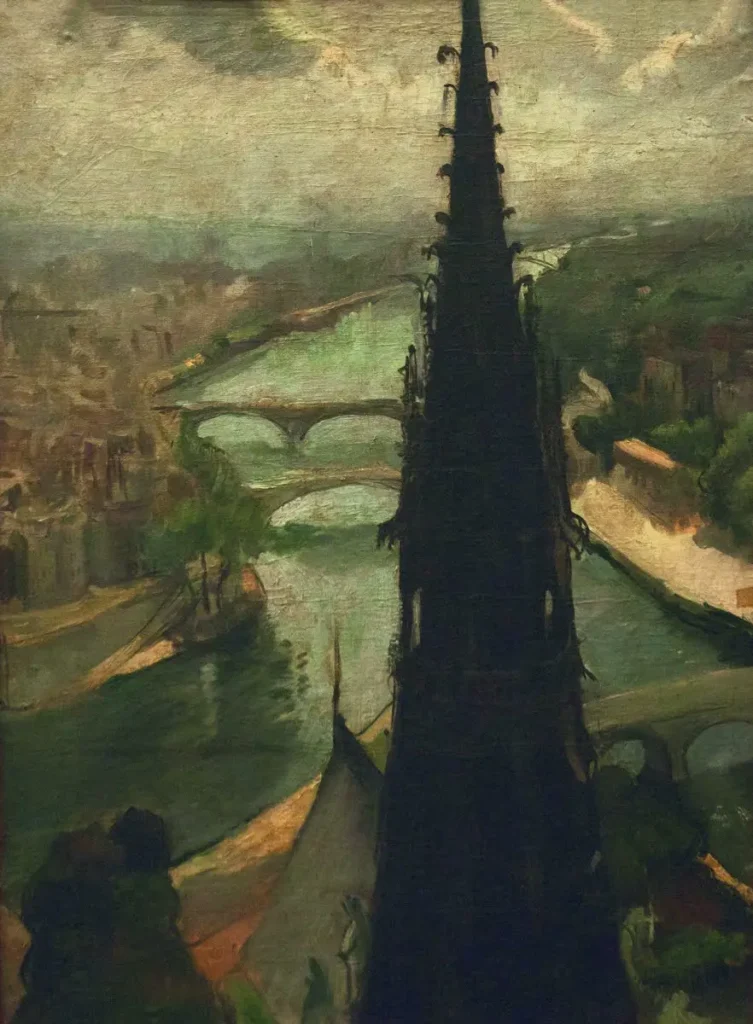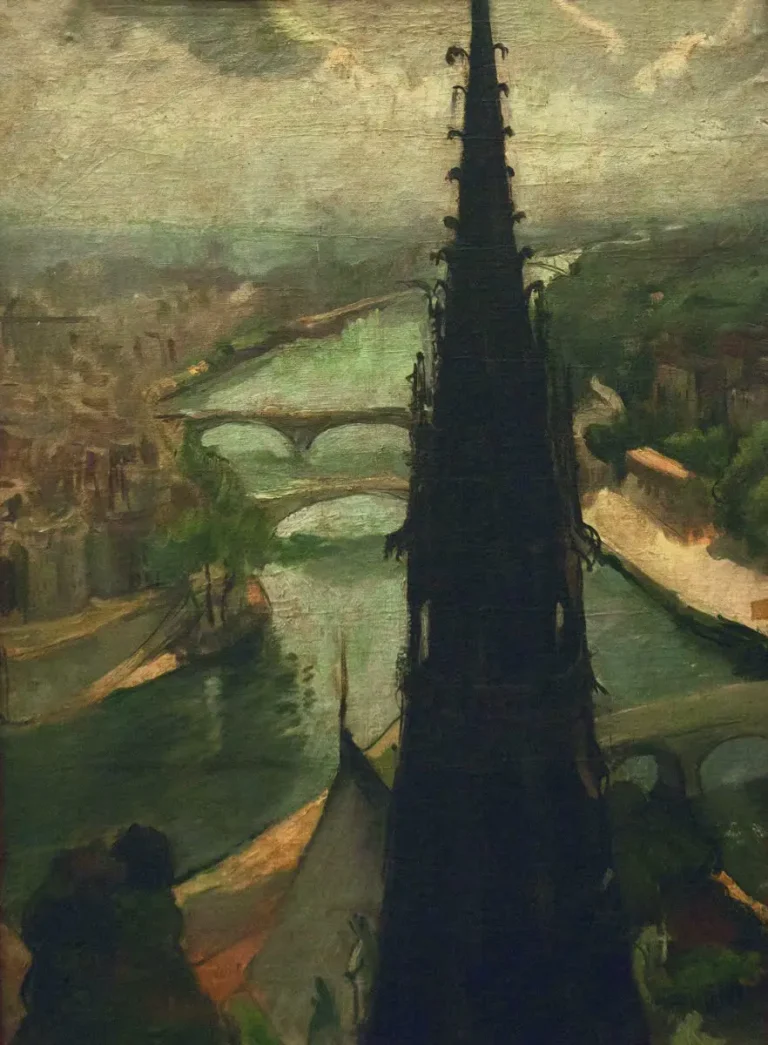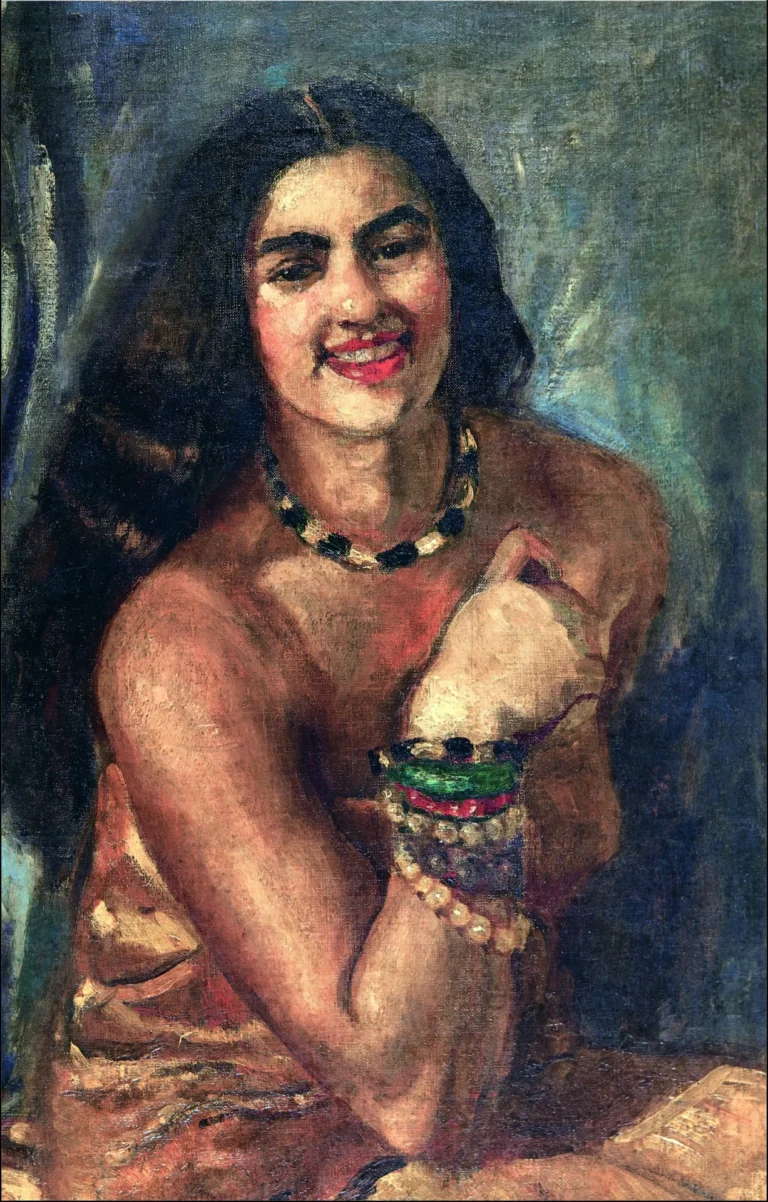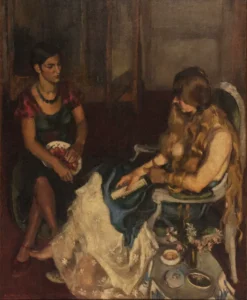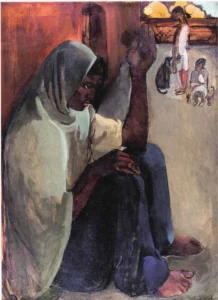Notre Dame (1932)
Created in June 1932, Notre Dame by Amrita Sher-Gil is an oil painting that showcases the artist's early artistic journey while she was studying at the École des Beaux-Arts in Paris. Measuring 59.5 cm by 81 cm, this work reflects her initial influences from Western art, as well as foreshadowing her unique artistic voice that later embraced Indian themes. This painting is currently housed in the National Gallery of Modern Art in New Delhi, signifying its importance in the narrative of modern Indian art.
June 1932
About the Artwork
Did You Know
Liked what you see? Add it to your collection.
Enjoyed reading? Share it.
... continued
Creation and Location
The painting Notre Dame was created in June 1932, while Amrita Sher-Gil was in Paris, where she was a student at the École des Beaux-Arts.
Medium and Dimensions
The painting is an oil on canvas work, measuring 59.5 cm by 81 cm.
Collection
The painting is part of the collection at the National Gallery of Modern Art in New Delhi, India.
Context
During this period, Sher-Gil's work was heavily influenced by Western art traditions, as she was still in the early stages of her training in Paris. Her paintings from this time, including Notre Dame. reflect a more Western conception and execution, although they already show hints of her unique style and perspective.
Significance
This painting, along with others from the same period, demonstrates Sher-Gil's skill and her evolving artistic style before she returned to India and became more deeply influenced by Indian art traditions. It is one of the many works that showcase her early development as an artist and her ability to capture various subjects, from everyday scenes to iconic landmarks like Notre Dame.




